Process And Quality Two Facets Of The Single Coin
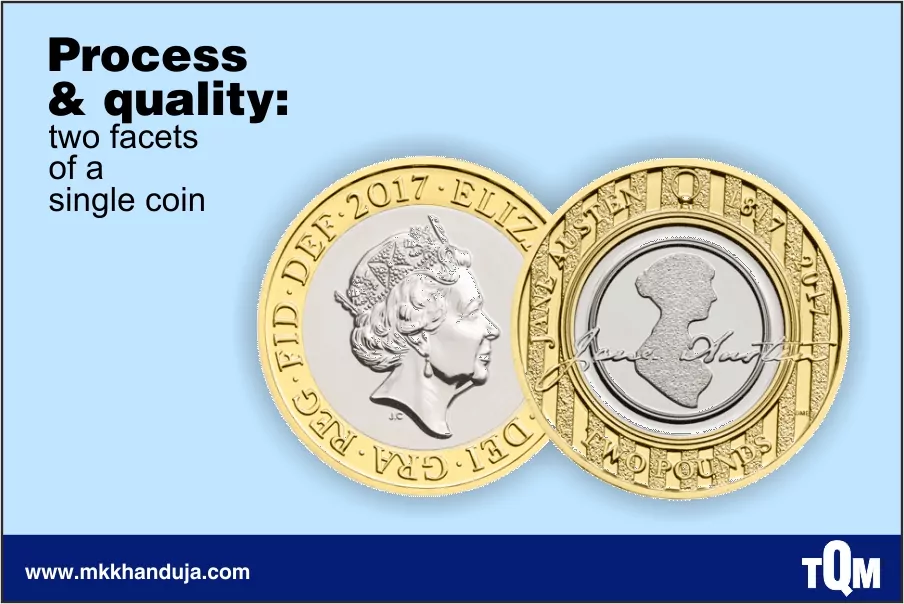
Quality plays a substantial role in establishing successful businesses. It directly impacts the reputation of an organization as it has a majority stake in production processes. Manufacturers or manufacturing managers always need to ensure to maintain the quality at every stage of production.
The quality of any product depends heavily on the processes and the controls behind it. They ensure the timely production, consistent quality levels, customer satisfaction, and cost-effectiveness of the manufactured product. These TQM quality processes & initiatives should be adopted, reviewed & evaluated regularly, beginning from the kick-off of a project, throughout the manufacturing and after completing a project.
Creating quality processes is a collaborative effort by everyone involved in producing a product, including the manufacturing team, assembly workforce, internal design team, quality inspectors, etc. The quality processes should be performed or layered by multiple groups of people, such as quality managers, auditors, and then an independent auditing firm. All these efforts ensure problem identification before it occurs or knowing exactly when it may fall during the process and not after an entire run.
The role of processes can never be ignored in quality management. It supports an organization's goal of consistently delivering quality products & services. In the quality processes approach, all resources are identified, analyzed and allocated to each step of the production process, effectively delivering the desired results. They are eventually profitable for an organization.
1. Defining the process: The desired results should be identified, and the process needs to be specified/described in detail.
2. Clearly quantify and identify the inputs and outputs of a process: The outcomes of a process are a finished product and work-in-progress product or service. The input of a process is comprised of human resources, efforts, energy, material etc.
3. Identify the point of contact of a process with other organizational functions: For an effective quality management procedure, there is a need to identify the functional areas that interact with process elements.
4. Risk estimation, identifying process impact and outcome: In this aspect, the effect of process implementation on customers, suppliers and stakeholders are evaluated at each phase.
5. Dedicate the key responsibilities: Without setting the key responsibilities, the processes cannot be planned and implemented. There is a need to clearly lay out the specific duty, authority and scope for each individual.
6. Identify the key stakeholders of the process: There is a strong need to determine the internal and external customers, suppliers and stakeholders involved in the process. The delivery of the same should be identified with utter clarity.
7. Process development strategy: Various elements needs to be taken care of while developing the process approach. It includes several steps, tasks, flows, control techniques, training needs, tools, strategies, supplies, data and other resources.
In any manufacturing or service provider company, the quality process approach always plays a crucial role in building a continuous improvement environment. Each of the steps needs a thorough implementation to get the best results for the organization's success. Here are the steps to determine when/if there is a need to add a new quality process:
• Gather current data.
• Analyze the data.
• Complete the risk analysis.
• Examine the timeliness.
• Determine feasibility, viability and sustainability.
Globalization has made manufacturing units bend towards quality management. It has become vital for organizations to ensure that their processes are aligned towards delivering the product of the best possible quality. Therefore, it won't be wrong to say that the quality and process are the two facets of the same coin called an organization.

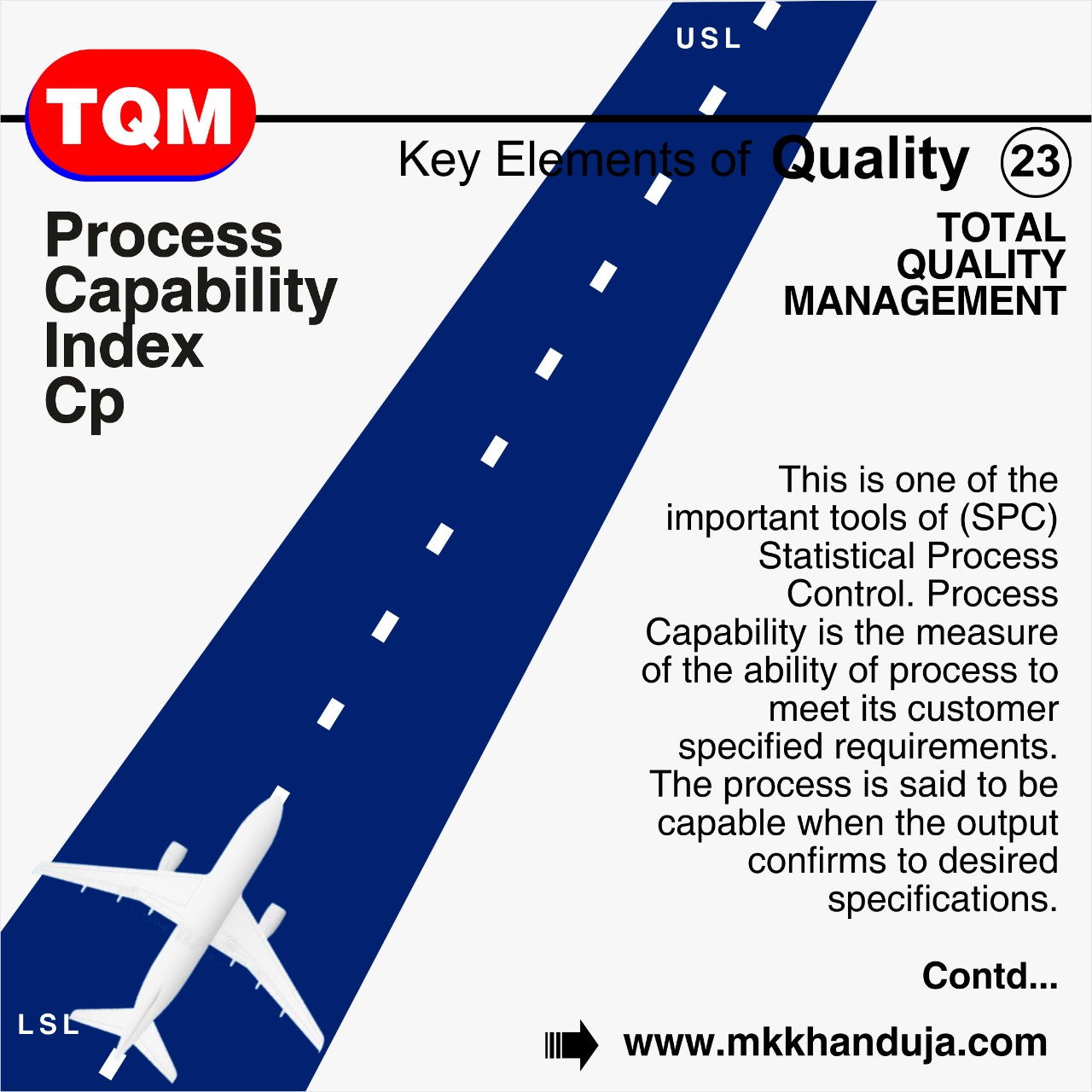
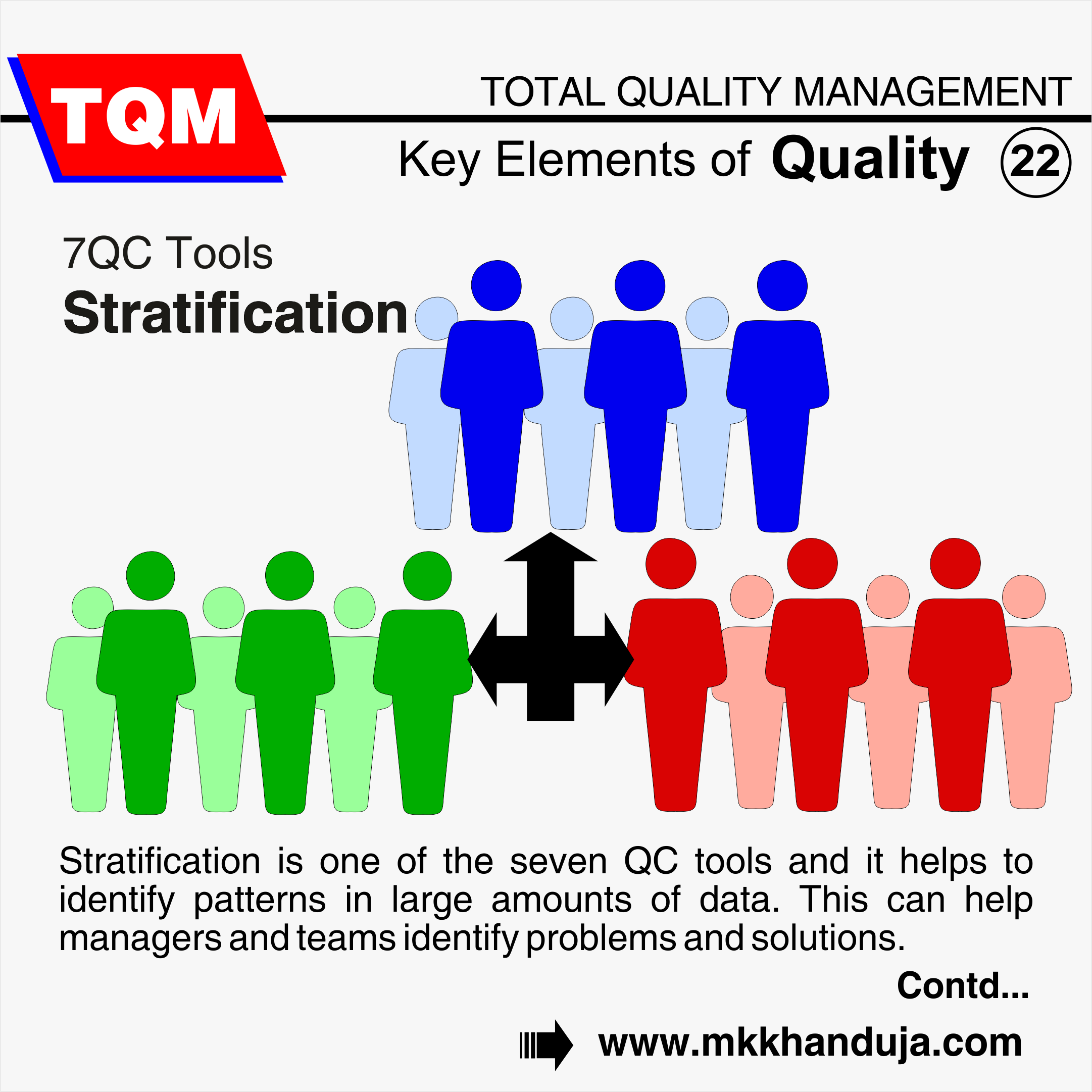
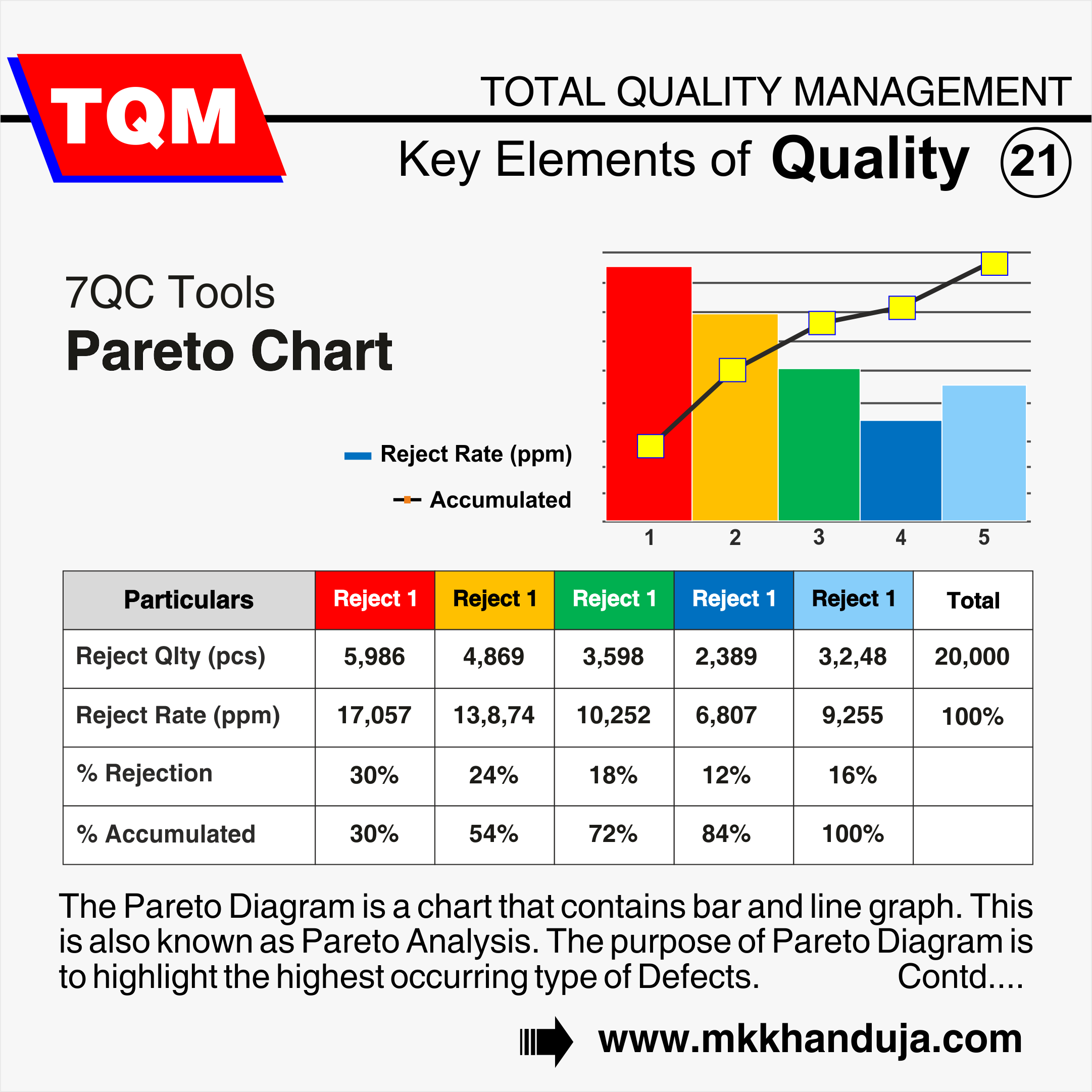
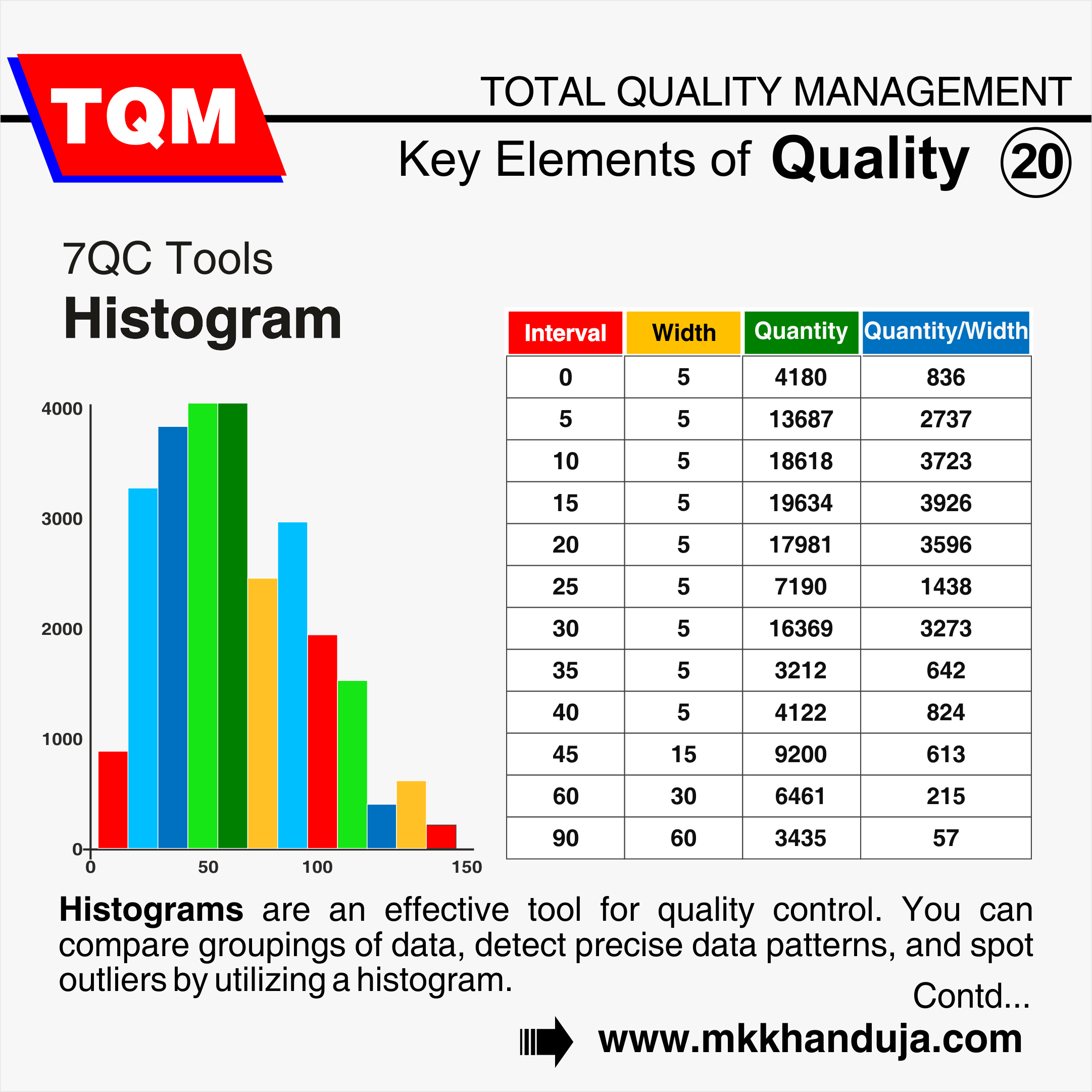
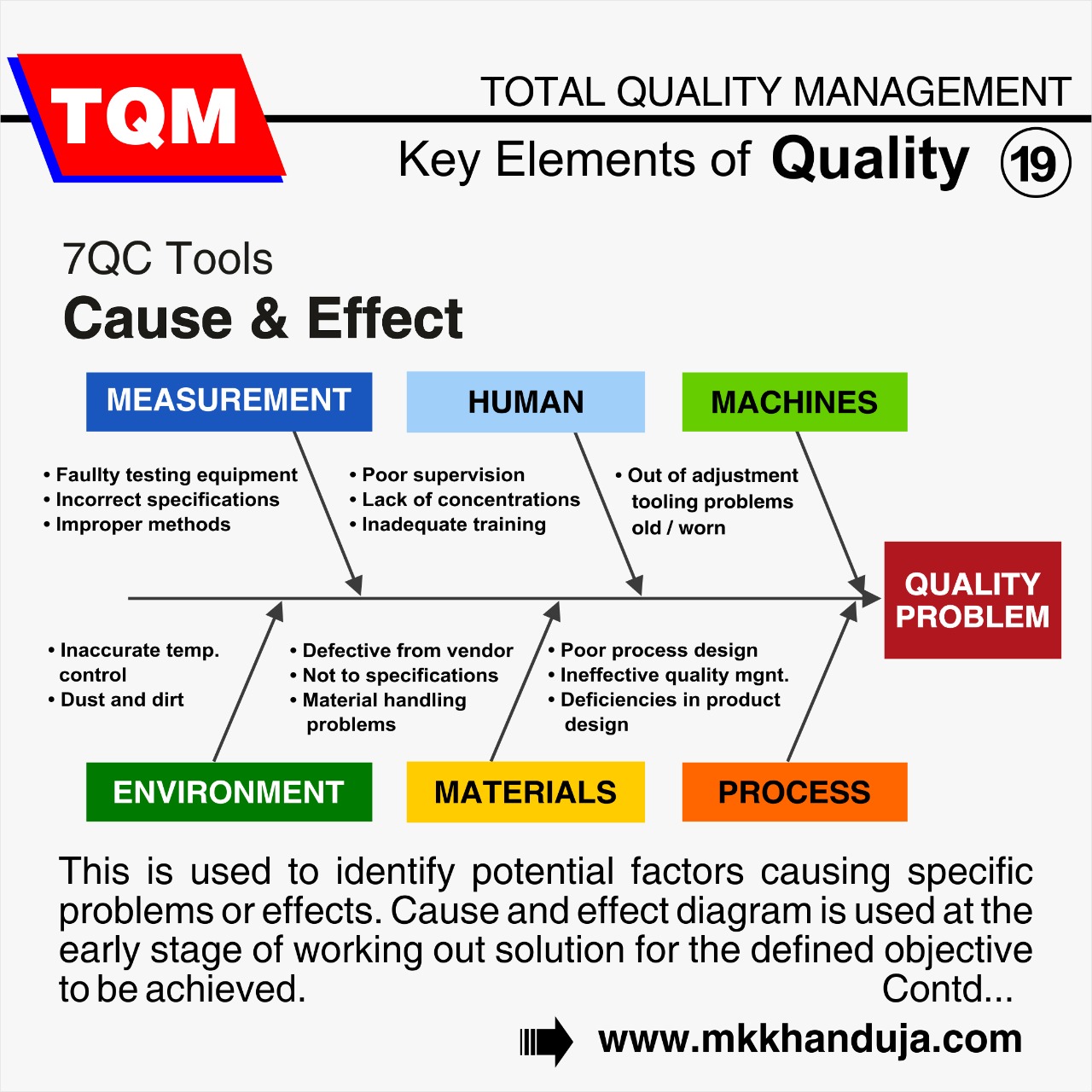
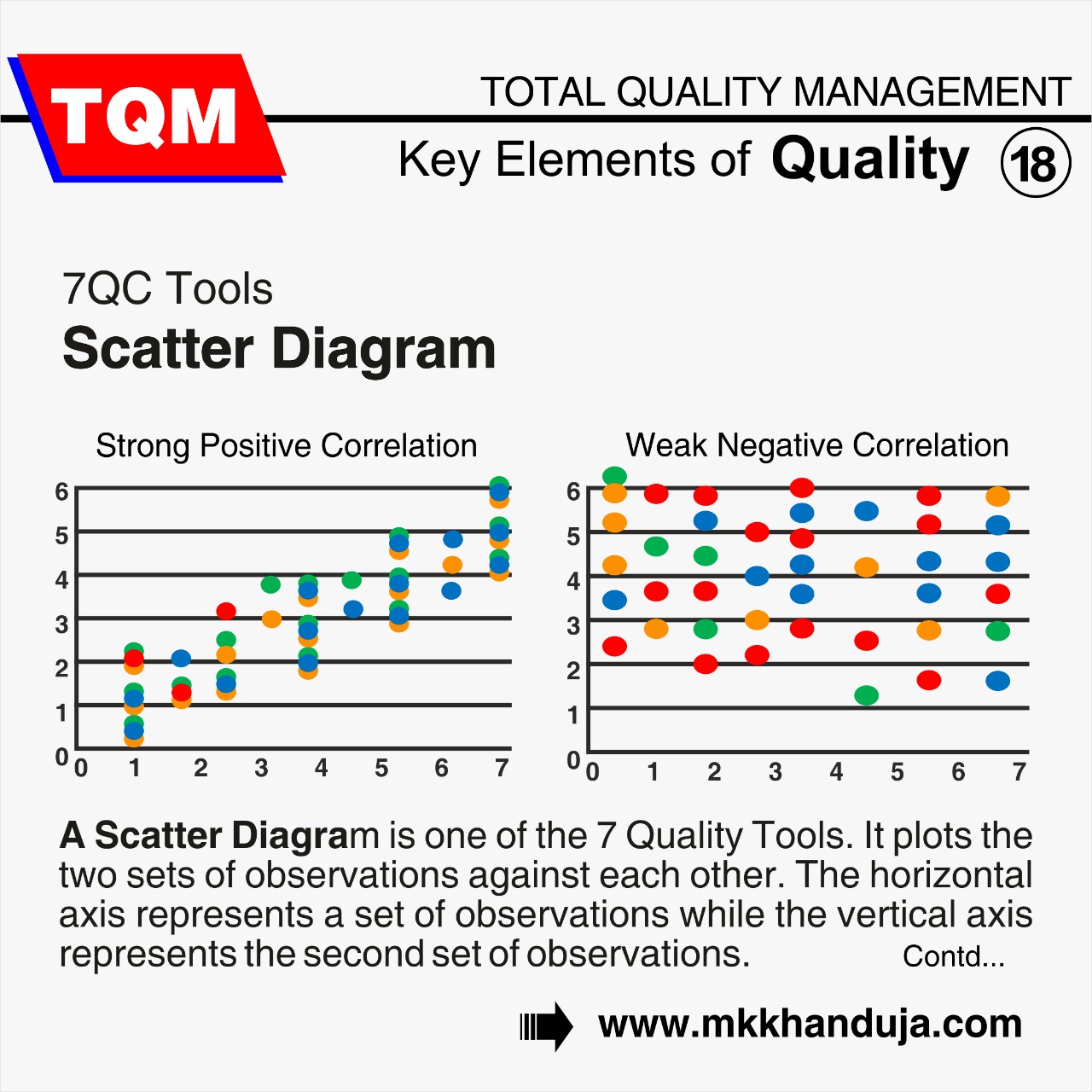
Comments